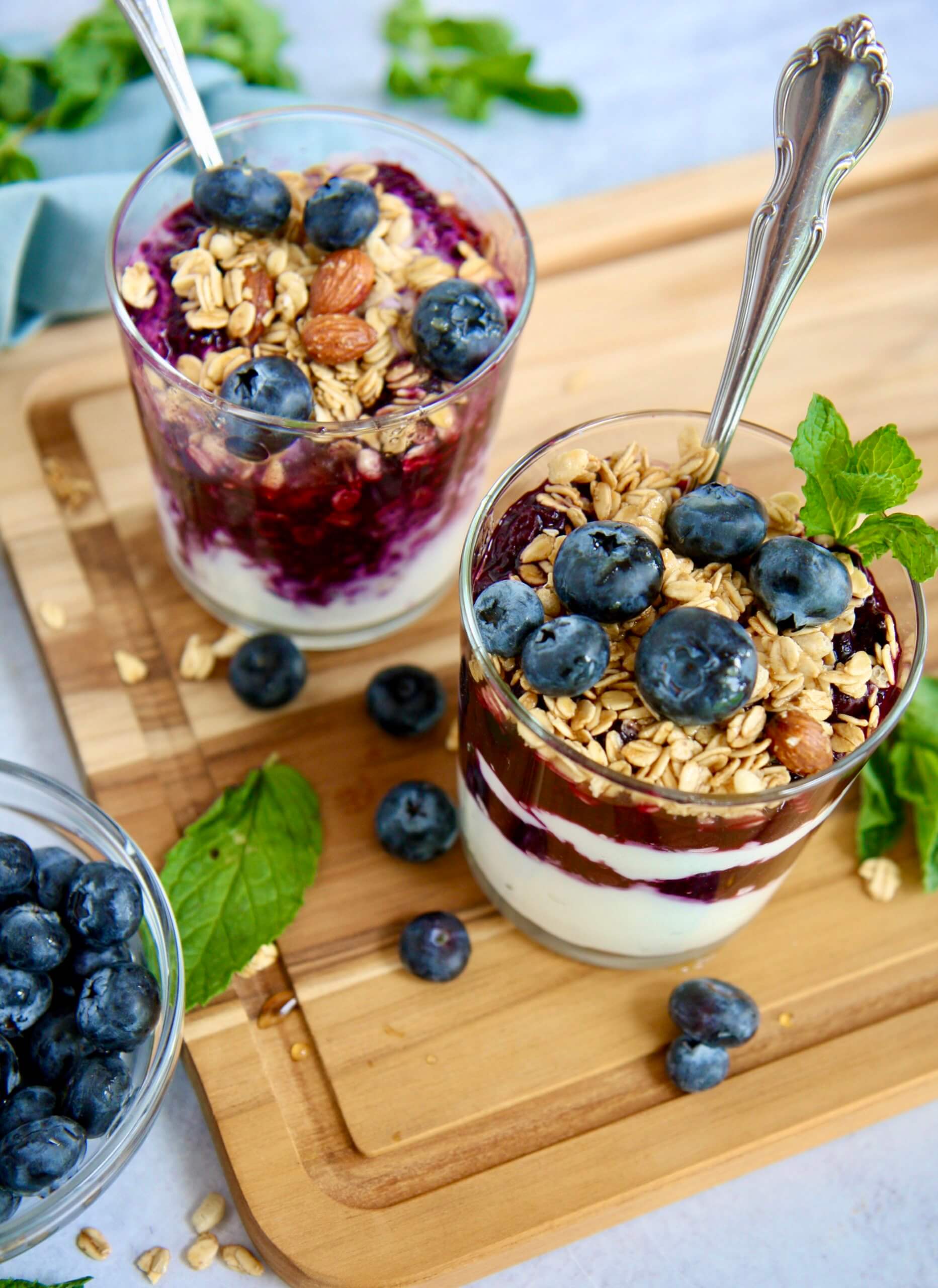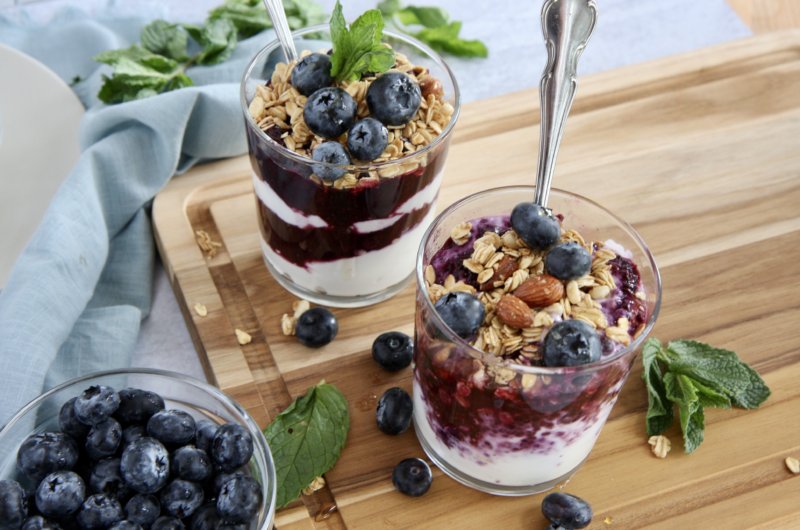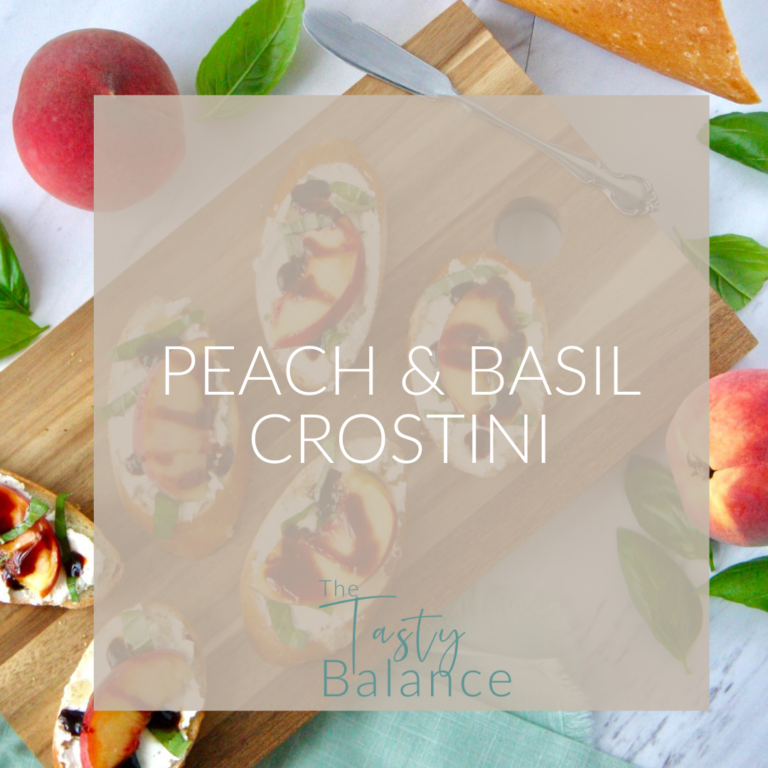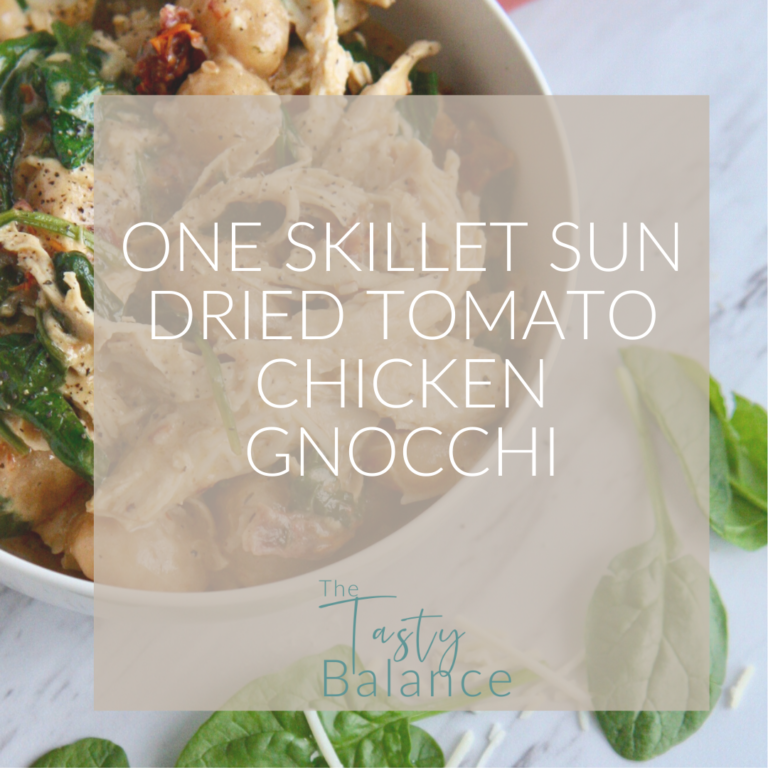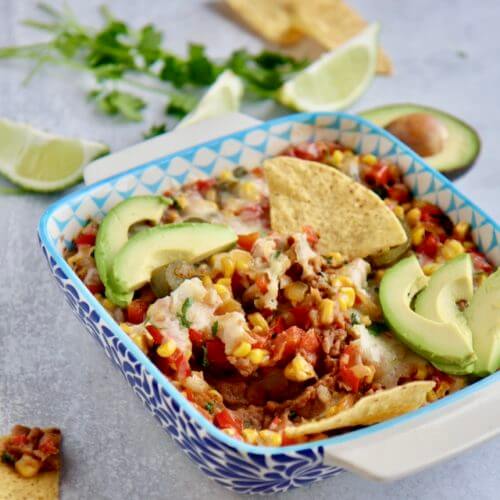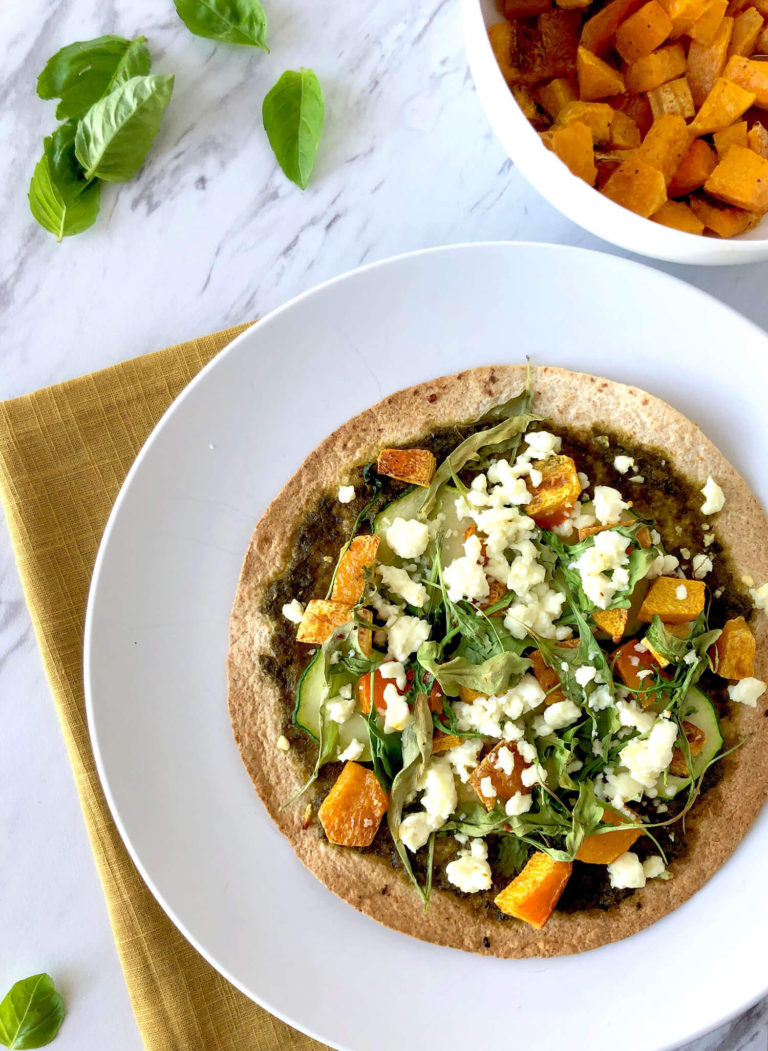Dairy + Plants = Superfood Power Couple: Featuring Blueberry Compote Yogurt Parfait
This recipe is part of a two-part series developed in partnership with Midwest Dairy. Join me in learning about how dairy & plants are coming together to form the ultimate superfood power couple in this Blueberry Compote Yogurt Parfait recipe. Check out the first recipe from this series, a Mediterranean Quinoa Bowl.
Jump to Recipe
In my first blog post in this series, dairy and vegetables were coming together to form a superfood power couple. Now dairy and fruit are coming together to form their own nutrition power couple. As a dietitian, I LOVE this concept about how we can combine foods to boost nutrition and flavor. It’s all about creating balanced meals and snacks that satisfy.

What makes dairy and fruit a power couple?
Dairy contains 13 essential nutrients like high-quality protein, calcium, vitamins A and D, zinc and more. Many of those nutrients fruit by itself lacks like high-quality protein, calcium, and vitamin D. Three components of food that many Americans are lacking.
I try to think about a few things when working with clients to create meals and snacks. One, what combination of food is going to provide enough fiber, fat, and protein to fill you up and keep you satisfied. And two, what is going to taste good!
The combination of fiber, fat, and protein can be easily met from this dairy and fruit combo. Dairy is a great source of protein and, depending on what product you choose, fat. And fruit is a great source of fiber. If you choose a low-fat dairy I would encourage adding some source of fat, like the nuts that this Blueberry Compote Yogurt Parfait had.
More dairy and fruit combos
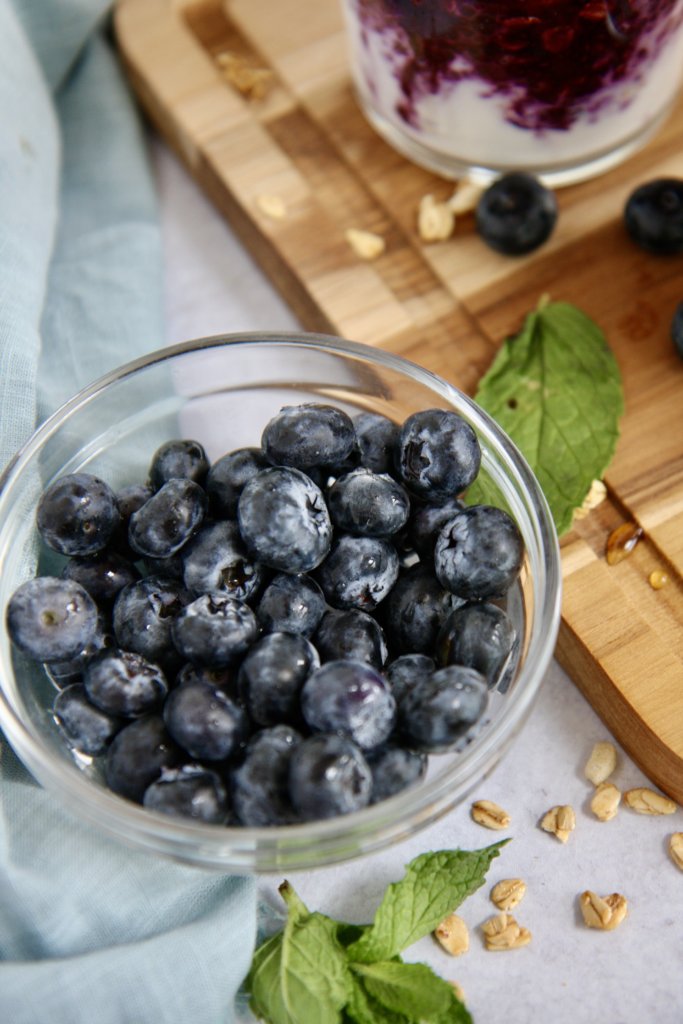
- Kefir and mango
- Ricotta cheese, strawberries, almonds, and honey
- Fresh mozzarella, peaches, and basil. Check out Peach and Basil Crostini recipe for something similar!
- Ice cream and strawberries with Nutella
- Berry smoothie with milk and whey protein
Dairy vs plant alternatives
It’s hard to beat the quality of cow’s milk proteins—20% whey and 80% casein—both of which contain all nine essential amino acids. This is what is meant by a complete protein. Plant alternatives, in contrast, are generally very low in protein and aren’t an adequate 1:1 substitute for dairy’s nutrition.
Further comparison of the nutrition from dairy vs plant milk alternatives was summed up in this article from Today’s Dietitian, “…calcium in cow’s milk is highly bioavailable. Although many (but not all) plant milks are fortified with calcium and vitamin D, bioavailability of these micronutrients is uncertain, as nutrient content on a nutrition label doesn’t guarantee equivalent nutritional value. Repeated research has shown that bioavailability of calcium varies significantly in fortified beverages. Very few manufacturers establish or optimize the bioavailability of the calcium they add to their products, yet consumers presume nutritional equivalence from label to consumption.”
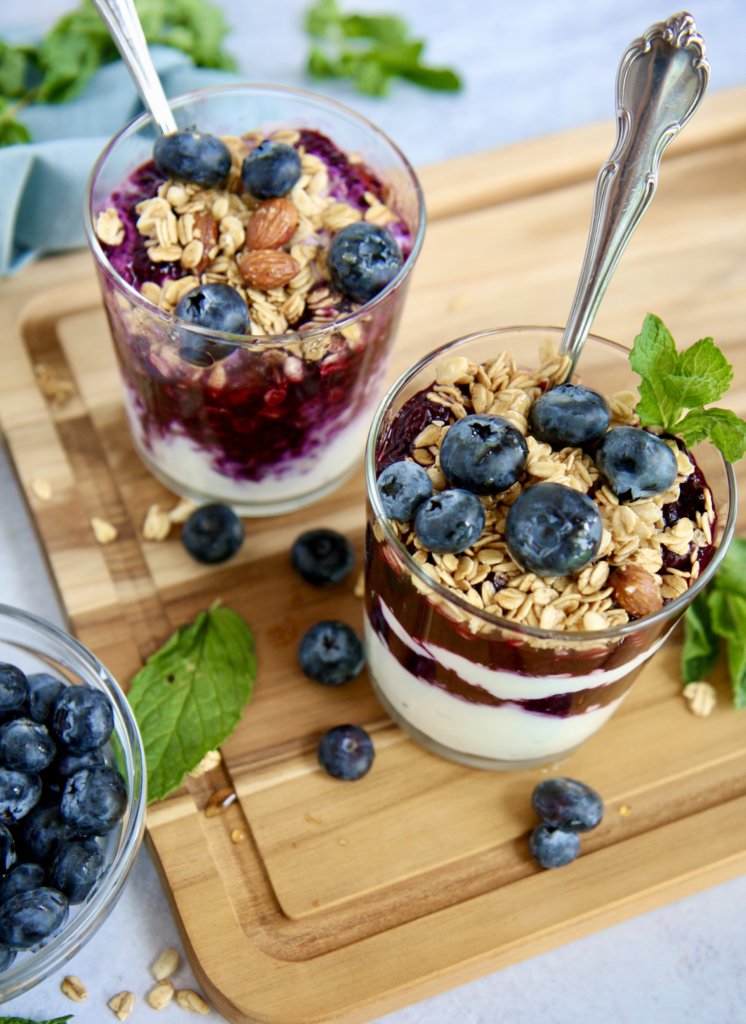
Benefits of Yogurt
Yogurt is made from milk through fermentation of lactose by adding the cultures Lactobacillus bulgaricus and Streptococcus thermophilus. As the cultures grow, the milk thickens and becomes yogurt. Greek yogurt, like the kind I used in this Blueberry Compote Yogurt Parfait, is strained after fermentation producing a thicker consistency.
Since Greek yogurt has been strained more of the whey containing lactose has been removed and may be tolerated well by those with lactose intolerance. All styles of yogurt are going to contain essential nutrients like calcium, B12, and zinc. Many also contain live and active cultures called probiotics that can promote good gut health.
Sustainability of Dairy
Given how great dairy is for our diet, it has a surprisingly small impact on the environment. A 2008 study showed that it contributes just 2% of all U.S. greenhouse emissions. Some suggest that removing dairy cows from the U.S. food system improve greenhouse gas emissions, but studies have shown otherwise.
Compared to the current system, a 2017 study found that when dairy cows were removed or retired to pasture, there was minimal to no reduction in greenhouse gas emissions and in most of the studied scenarios, the supply of essential nutrient was reduced. Scenarios where nutrient supply was unchanged also did not reduce greenhouse gas emissions. The minimal change in GHG is likely due to the nutrient density of dairy foods compared to other foods as well as the amounts of each food type needed to supply the necessary nutrients for the population.
Putting it all together
For this Blueberry Compote Yogurt Parfait recipe, I made a blueberry compote. For compote whole pieces of fruit are cooked down in sugar syrup without any additional thickeners (i.e. pectin). Unlike jam, in which the fruit matter is broken up into a more spreadable form, the fruit in compote is left whole. This Food & Wine article does an excellent job breaking down the difference between compote, jam, marmalade, and others.
After making the compote, I layered Greek yogurt on the bottom then compote and granola and drizzled honey on top. Other toppings and mix-ins that you could add would be peaches, mint, and nuts. It’s a simple breakfast to make when short on time or just want to start your day off right!
Blueberry Compote Yogurt Parfait
Difficulty: Easy1
servings5
minutes10
minutes15
minutesIngredients
- Blueberry Compote
1 lb. fresh or frozen blueberries
4 tbsp fresh orange juice
4 tbsp chia seeds
1 tbsp honey
- Parfait
1 cup Greek yogurt
1/2 cup granola
Optional: peaches, mint, honey or agave, nuts
Directions
- Quick Blueberry Compote: Add the blueberries and orange juice to a small saucepan on medium heat and let cook for 5-10 minutes until the liquid beings to evaporate and the blueberries start to thicken. Stir every minute or so to prevent burning. Remove from heat, add in honey, and chia seeds, and let cool completely.
- Parfaits: Layer the granola, yogurt, blueberry jam and peach in jars or cups until full. Top with a drizzle of honey or agave and some fresh mint. Makes 2-3 servings.

